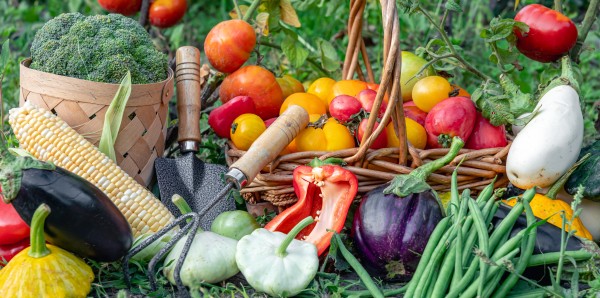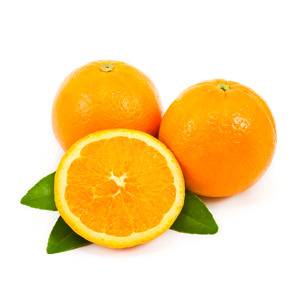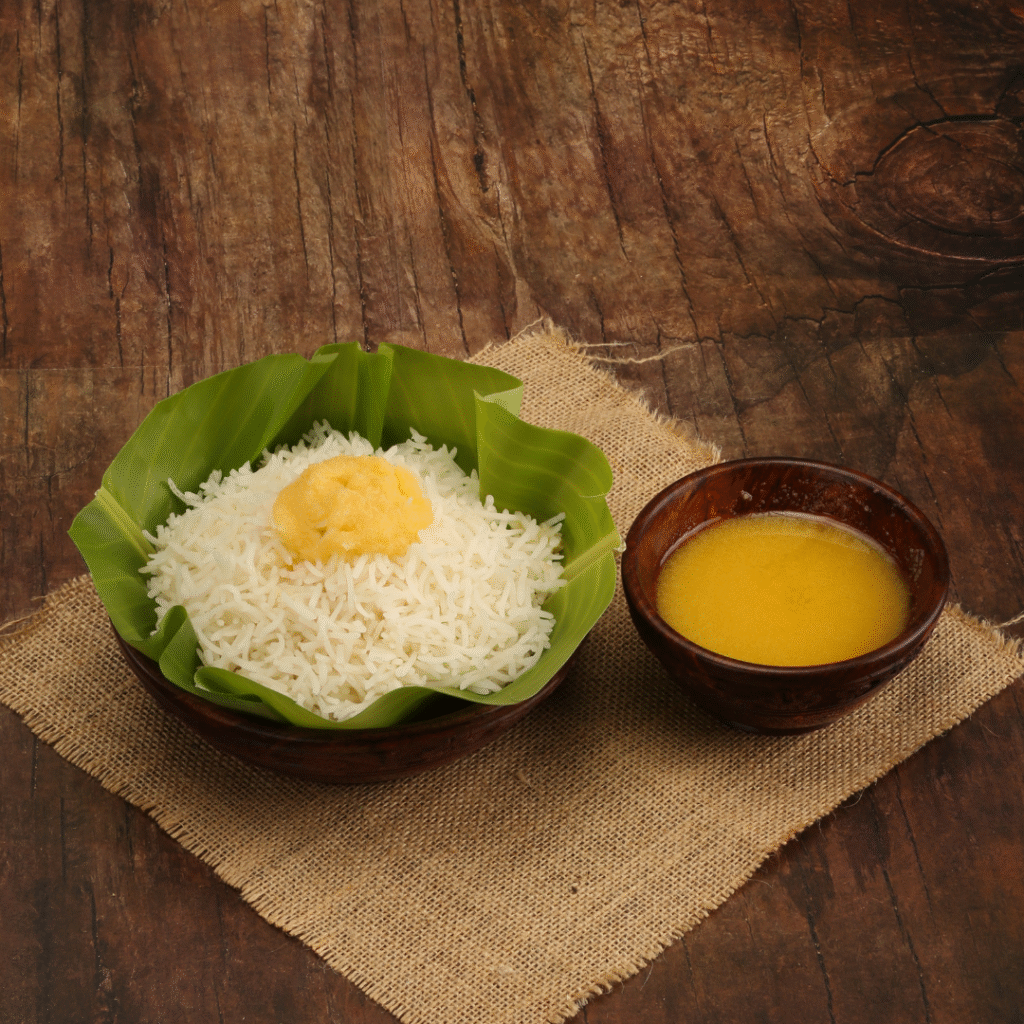
Introduction: How Everyday Eating Choices Build or Break Your Heart
Cholesterol isn’t a stranger barging into your life overnight — it’s a quiet guest you’ve been unknowingly feeding for years. Every extra spoon of refined oil in the kadhai, every pack of biscuits with evening chai, every late-night butter naan becomes a tiny deposit in your arteries. Over time, these everyday indulgences add up, not with drama, but with silence — until the day a medical report forces you to pay attention.
Here’s the surprising truth: India’s kitchens are both the problem and the solution. The same land that offers deep-fried samosas also grows antioxidant-rich turmeric. The same thali that overloads on polished rice can be rebuilt with nutrient-packed millets. And when these ingredients are chosen as organic foods in India, they don’t just improve overall nutrition — they actively help to reduce cholesterol naturally and restore your heart’s balance.
Most people assume they need to give up flavor for health, but that’s not true. Traditional Indian diets, when organic and chemical-free, are full of spices and grains that heal rather than harm. In fact, foods like fenugreek, garlic, and turmeric have been part of Ayurveda’s heart-care wisdom for centuries. When you pair them with clean, organic farming practices, the benefits multiply. Instead of expensive supplements, your everyday thali can become medicine in disguise.
Switching to organic isn’t about following a Western health trend — it’s about reclaiming the way our grandparents ate. Their meals were simple, local, seasonal, and naturally balanced. By reviving those habits, you not only protect your heart but also support Indian farmers and the environment. And the best part? These changes are not drastic; they’re small, practical swaps you can make today without losing the joy of eating.
This content is designed to give you a roadmap, not a lecture. You’ll discover:
- What do organic foods in India really mean, and why are they more than just a health trend?
- Smart thali swaps that protect your heart while keeping Indian flavors alive.
- Daily lifestyle habits and regional food wisdom that make it easier to reduce cholesterol naturally.
- Extra health benefits of going organic that extend beyond heart health.
👉 The benefit? A practical guide to protect your heart, reclaim India’s food heritage, and enjoy every meal guilt-free.
What Is Organic Food and Why It’s a Return to India’s Roots
When you hear “organic,” it might sound like a modern health trend. But in reality, it’s India going back to its roots. Organic food means crops grown without synthetic fertilizers, pesticides, or GMOs. Instead, farmers rely on natural soil health, traditional composting, and clean seeds.
For cholesterol management, organic foods play a key role. Why? They tend to be richer in antioxidants, fresher in nutrients, and safer for your body long-term. Unlike heavily processed or chemically treated food, they support steady cholesterol levels and reduce toxin buildup that burdens the heart.
Think about your grandparents’ diets: hand-pounded grains, fresh farm vegetables, and unpolished rice. They ate seasonal, natural, and local. That wasn’t called “organic” back then, but it was precisely that. Today, by choosing organic, you’re not just eating cleaner—you’re reclaiming that authenticity.
Key takeaways:
- Organic food = grown without harmful chemicals.
- Supports cholesterol management naturally.
- It’s not a trend; it’s a revival of India’s farming roots.
🌱 Sikkim’s Organic Revolution: Pioneering India’s First Fully Organic State
Sikkim, India’s first fully organic state, stands as a shining example of the transformative power of organic farming. The state’s unwavering commitment to sustainable agriculture has enhanced soil health, boosted biodiversity, and contributed to healthier lives for its residents. It has also empowered local farmers by reducing their dependency on chemical inputs and lowering farming costs. Moreover, Sikkim has become a global model, inspiring other regions to embrace eco-friendly and resilient agricultural practices.

What Should an Indian Thali Look Like for Lower Cholesterol?
If you picture a healthy Indian plate, it doesn’t need to look dull. A smart thali can be colorful, satisfying, and cholesterol-friendly. Start with a base of whole grains: red rice, brown rice, or millets like ragi. Pair it with protein-packed dals or beans, fiber-rich sabzis, and heart-friendly fats like groundnut oil or mustard oil.
Swaps make the real difference. Replace white rice with red rice. Instead of fried pakoras, enjoy roasted makhana or chana. Trade cream-heavy desserts for jaggery-based kheer. By doing this, you’re not cutting out taste—you’re simply cooking smarter.
And every region in India has heart-friendly gems. South India’s rasam is light, tangy, and great for digestion. Gujarati thepla with less oil makes a wholesome breakfast. A simple Bengali dal cooked with turmeric and mustard seeds is perfect for the heart.
Reader-friendly swaps:
- White rice → red rice or millets.
- Deep-fried snacks → roasted nuts, makhana.
- Heavy sweets → jaggery or fruit-based desserts.
🥘 Kerala’s Heart-Healthy Thali: A Delicious Path to Lower Cholesterol
In Kerala, the traditional thali includes brown rice, sambar (lentil stew), avial (mixed vegetables), and a variety of chutneys. This combination provides a balanced intake of fiber, protein, and healthy fats, contributing to the state’s lower cholesterol levels.
What Daily Habits Help Reduce Cholesterol Naturally?
Food is just one part of the story. To truly lower cholesterol, your everyday habits matter just as much. Start your mornings with herbal teas or warm water with lemon. A handful of soaked almonds gives healthy fats to kickstart your day.
Movement is non-negotiable. A brisk walk after meals, yoga asanas like Surya Namaskar, or simple stretches can improve circulation and help manage cholesterol levels. Add meditation or pranayama to calm stress, as stress hormones can also increase cholesterol levels.
Snacking is often the biggest trap. Instead of chips or biscuits, keep cut fruits, sprouts, or nuts handy. Over time, these minor tweaks stack up, turning into big heart-protective wins.
Simple habits to start today:
- Drink herbal tea or warm water in the morning.
- Walk 30 minutes daily.
- Choose fruits and sprouts over packaged snacks.
🧘♂️ Wellness Hub of the Himalayas: Daily Yoga and Organic Living in Uttarakhand
In Uttarakhand, many residents practice yoga daily, which, combined with a diet rich in organic foods, contributes to their overall well-being and lower cholesterol levels.
Why Local and Organic Food Is Your Heart’s Best Ally
You might wonder: why not just buy packaged “healthy” options? The answer lies in freshness. Local and organic food travels fewer miles, which means it holds onto vitamins and minerals better. And fresher food equals more nutrition for your heart.
There’s also an emotional pull here. When you eat food your grandparents trusted—like local grains, pulses, and vegetables—you’re reconnecting with a heritage that valued simplicity and health. Choosing local also supports Indian farmers, creating a cycle of wellness for both people and society.
Why it matters:
- Fresher foods contain more nutrients and are better for cholesterol.
- Eating locally preserves food traditions.
- Supports farmers and sustainability.
🥭 Taste the Difference: Pesticide-Free Organic Mangoes from Uttar Pradesh
In Uttar Pradesh, organic mangoes are grown without synthetic pesticides, resulting in a sweeter and more flavorful fruit. These mangoes are not only delicious but also free from harmful chemicals, making them a healthier choice.
What Science Says About Organic vs. Non-Organic Foods
Some people think organic food is just a marketing gimmick. But data shows differences that matter for heart health. Organic produce often has higher antioxidants and better nutrient density. It’s free from harmful chemical residues that, over time, can impact your body’s ability to regulate lipids.
For cholesterol control, organic food supports healthier arteries, reduces inflammation, and promotes a safer long-term diet. In India, you can identify genuine organic food by looking for Jaivik Bharat or FSSAI-certified labels.
What science and surveys tell us:
- The ICMR-INDIAB Study reveals that about 79% of Indians have at least one dyslipidemic feature, with low HDL-C in 72.3%, hypertriglyceridemia in 29.5%, high LDL-C in 11.8%, and hypercholesterolemia (≥ 200 mg/dl) varying widely from 4.6% to 50.3%, exceptionally high in the northern states.
- A Healthians Survey provides state-level breakdowns: overall, 31% of Indians have high cholesterol, with Kerala topping the list at 63% prevalence. The age group 35–54 is particularly affected, with 34.5% showing elevated cholesterol.
These studies confirm what nutrition experts have long suggested: regional habits, dietary choices, and chemical exposure matter for heart health. Choosing organic, local foods can counteract some of these risks naturally.
What Extra Benefits Come With Eating Organic Beyond Cholesterol?
Organic food doesn’t just stop at helping cholesterol. It supports whole-body wellness. People often notice lower blood pressure, better digestion, and improved gut health when they switch to clean, natural food. Over time, it may even reduce diabetes risk and chronic inflammation.
There are emotional benefits, too. Parents feel at peace knowing their kids eat food free of chemicals. Many also report improved sleep, steadier energy, and lighter digestion. These ripple effects make organic food not just a diet change but a lifestyle upgrade.
Hidden perks:
- Stronger immunity and gut health.
- Lower chances of lifestyle diseases.
- More energy, better sleep, less inflammation.
Why Indian Spices and Herbs Are Natural Cholesterol Fighters
Indian kitchens already hold powerful cholesterol-lowering secrets. Spices like turmeric, fenugreek, cinnamon, garlic, and cardamom have been praised in Ayurveda for centuries. They reduce inflammation, balance doshas, and support artery health.
Using them daily is simple. Add turmeric to dals and sabzis, sprinkle cinnamon in your morning tea, or chew a clove of garlic on an empty stomach. These aren’t exotic “superfoods”—they’re everyday Indian staples that double as medicine.
Spice checklist:
- Turmeric for anti-inflammatory benefits.
- Fenugreek for blood sugar and cholesterol balance.
- Cinnamon for heart-friendly warmth.
🌿 Golden Wellness: Turmeric’s Role in Andhra Pradesh’s Heart Health
In Andhra Pradesh, turmeric is a staple in daily cooking. Its anti-inflammatory properties contribute to the overall health of the population, aiding in the prevention of cholesterol-related issues.
What Foods Should You Avoid in an Indian Kitchen With High Cholesterol?
This is the part many people resist. But avoiding cholesterol triggers is just as important as adding healthy foods. Fried snacks like samosas, pakoras, and oily namkeen are common culprits. Bakery puffs and sugar-loaded mithai add extra burden.
The trick is to cook smarter. Try steaming instead of frying, roasting instead of deep-frying, or using an air fryer. For desserts, try jaggery or date-sweetened treats. You won’t lose the joy of eating—you’ll protect your heart while enjoying the same flavors.
Top foods to skip:
- Fried snacks and deep-fried namkeen.
- Bakery goods with margarine.
- Sugar-heavy sweets made with refined ingredients.
🥘 Regional Spotlight: Navigating Punjab’s Dairy-Rich Diet for Heart Health
In Punjab, traditional diets are rich in dairy and ghee. While these foods are part of the cultural heritage, moderating their intake can help in managing cholesterol levels.
Why Consistency Beats Quick Fixes in Cholesterol Control
Here’s the truth: one week of “healthy eating” won’t undo years of unhealthy habits. Cholesterol control is a long game, and consistency is everything. The good news is, you don’t need to overhaul your life in one go.
Start with small swaps: change your oil, switch your grains, adjust your snacks. Stick with them until they become routine. Over time, these habits rewire how you eat, making cholesterol management sustainable.
Long-term wins:
- Focus on steady swaps, not crash diets.
- Build habits that last years, not weeks.
- Small, organic changes add up to significant heart benefits.
Conclusion: Why Small Organic Swaps Today Protect Your Tomorrow
At the end of the day, cholesterol management isn’t about denying yourself the foods you love—it’s about eating them in more innovative ways. Every meal you cook is either building your heart’s strength or silently harming it.
The answer lies in going back to simple, local, organic choices. Start small: swap one refined item for an organic one. Over weeks, those choices become your new normal. And when you look back years later, your heart will thank you.
Call-to-action: Start today with a simple swap—consider organic rice, jaggery sweets, or local vegetables. Small steps now can save your heart tomorrow.
FAQs — Organic Foods in India & Lowering Cholesterol
1. What exactly is “organic food,” and how does it help lower cholesterol?
Organic food is grown without synthetic fertilizers, pesticides, or GMOs and relies on compost, crop rotation, and natural soil health. Because organic produce is often fresher and richer in antioxidants and micronutrients, it supports lower inflammation and healthier lipid metabolism — both helpful in maintaining better cholesterol profiles.
2. Which everyday organic foods should I add to my thali to support heart health?
Prioritize whole grains (red rice, millets like ragi), pulses/dals, plenty of seasonal vegetables, nuts (almonds, walnuts), and heart-friendly fats (cold-pressed mustard/groundnut oil). Add cholesterol-supporting spices like turmeric, fenugreek, and garlic — all easy swaps that fit Indian meals.
3. Are Indian spices beneficial for Cholesterol? Which ones?
Yes. Turmeric (anti-inflammatory), fenugreek (helps lipid and sugar balance), garlic (supports heart health), and cinnamon (metabolic benefits) are traditional spices that complement a heart-friendly diet when used regularly in cooking.
4. Will switching to organic make a big difference quickly?
You may notice small benefits (digestion, energy) within weeks, but meaningful cholesterol changes usually take consistent dietary and lifestyle changes over months. For personalized targets and medications, consult your doctor — diet complements but doesn’t always replace medical treatment.
5. What common Indian foods should I avoid or limit if I have high cholesterol?
Limit deep-fried snacks (samosas, pakoras), bakery items made with margarine, excessive ghee/dairy in one sitting, and sugar-heavy mithai. Choose steaming, roasting, or air-frying and swap refined sugar for jaggery or fruit-based desserts.
6. Are organic foods more expensive? How do I make them affordable?
Organic can cost more upfront, but making small, strategic swaps (such as organic rice, seasonal vegetables, pulses, and less processed items) and buying local/seasonal produce from farmers’ markets can help reduce costs. Growing a small kitchen herb pot (turmeric, curry leaves) also helps.
7. How do I identify genuine organic products in India?
Look for recognized certifications and trusted labels (for example, Jaivik Bharat / FSSAI-certified organic markings) and buy from reputable local sellers or farmer groups. Buying seasonal, local produce from trusted vendors also lowers the risk of false labeling.
8. Can children and pregnant women eat organic foods for cholesterol/health?
Yes — choosing organic, minimally processed foods is generally healthier for children and pregnant women because it reduces chemical exposure. For specific dietary needs in pregnancy or childhood, always check with a paediatrician or obstetrician.
9. Besides food, what daily habits help reduce Cholesterol naturally?
Regular movement (30 minutes brisk walk), stress management (yoga/pranayama/meditation), avoiding processed snacks, and consistent sleep all boost heart health and work with organic food choices to improve Cholesterol over time.
10. Is organic eating better for the environment and local farmers, too?
Absolutely — organic farming improves soil health, biodiversity, and reduces chemical runoff. Buying local organic supports farmers and helps revive traditional, seasonal eating patterns — a win for both your heart and your community.



